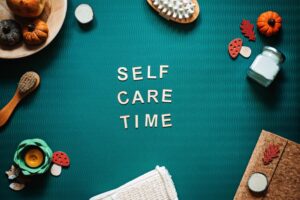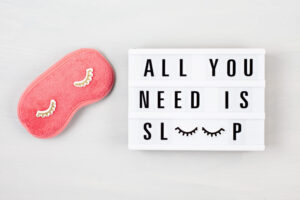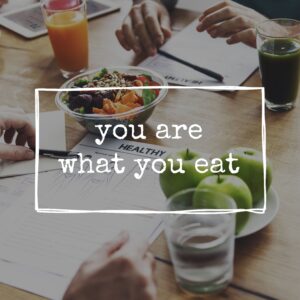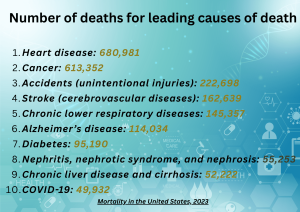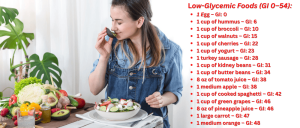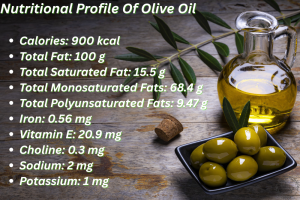Glucose is the body’s main source of energy, and its levels in the blood determine your blood sugar status. After eating, glucose enters your bloodstream and is sent to your cells to be used as fuel.Glucose is the body’s main source of energy, but too much or too little can lead to serious health problems. Maintaining a healthy and balanced blood sugar level is essential for proper body function and long-term well-being.
High blood sugar, or hyperglycemia, can occur when your body doesn’t produce enough insulin or can’t use insulin properlyHyperglycemia is one of the most serious health conditions related to blood sugar imbalance. If left unmanaged, it can become life-threatening, leading to complications such as diabetic ketoacidosis, organ damage, or even coma. Persistent high blood sugar is a hallmark symptom of type 1 diabetes, a condition in which the body fails to produce insulin, the hormone necessary for regulating glucose levels in the blood.
If not managed early, high blood sugar can lead to serious health problems, including kidney damage, nerve issues, vision problems, and cardiovascular complications.
Understanding High Blood Sugar (Hyperglycemia)
People with hyperglycemia have elevated levels of glucose in their blood, which can be triggered by a variety of factors, including:
- Lack of physical activity
- High stress levels
- Illnesses such as the common cold
- Dehydration
- Overeating or poor dietary habits
- Use of certain medications, such as steroids
Additionally, children and adolescents may experience episodes of high blood sugar during puberty due to hormonal changes.
Recognizing the Symptoms of High Blood Sugar
Having high blood sugar doesn’t necessarily mean you have diabetes, but it can be an early warning sign. Interestingly, some individuals with hyperglycemia may not experience any noticeable symptoms.

Common symptoms of high blood sugar include:
- Frequent urination, especially at night
- Blurred vision
- Dry mouth
- Difficulty concentrating
- Recurrent infections
- Erectile dysfunction (impotence)
- Slow-healing wounds
- Persistent fatigue or tiredness
- Constant thirst
- Dry, itchy skin
- Ongoing hunger
- Increased abdominal fat and weight gain
- Nerve-related problems, such as tingling or numbness
If you experience several of these symptoms, it’s important to consult a healthcare professional for proper evaluation and management.
How to Lower Blood Sugar Levels with Low-Glycemic Foods
The Glycemic Index (GI) is a useful tool for managing blood sugar. It measures how quickly carbohydrates in food raise blood glucose levels, on a scale from 0 to 100. Foods with a lower GI cause slower, more stable increases in blood sugar, making them ideal for weight management and overall health.
Low-Glycemic Foods (GI 0–54): Eat These Daily
These foods have a low glycemic index and help keep your blood sugar stable. Incorporate them into your daily diet to support weight loss and balanced glucose levels:
- 1 egg – GI: 0
- 1 cup of hummus – GI: 6
- 1 cup of broccoli – GI: 10
- 1 medium yellow onion – GI: 10
- 1 cup of walnuts – GI: 15
- 1 cup of cherries – GI: 22
- 1 cup of cashews – GI: 22
- 1 cup of yogurt – GI: 23
- 1 turkey sausage – GI: 28
- 1 cup of kidney beans – GI: 31
- 1 cup of butter beans – GI: 34
- 8 oz of tomato juice – GI: 38
- 1 medium apple – GI: 38
- 1 cup of cooked spaghetti – GI: 42
- 1 cup of green grapes – GI: 46
- 8 oz of pineapple juice – GI: 46
- 1 large carrot – GI: 47
- 1 medium orange – GI: 48
- 1 large grapefruit – GI: 50
- 1 large banana – GI: 52
- 1 cup of peas – GI: 54
Moderate-Glycemic Foods (GI 55–69): Eat in Moderation
These foods can raise blood sugar moderately. They’re fine in controlled portions:
- 1 cup of brown rice – GI: 55
- 1 tablespoon of raw honey – GI: 55
- 1 cup of oatmeal – GI: 58
- 1 cup of white rice – GI: 64
- 1 serving of macaroni and cheese – GI: 64
High-Glycemic Foods (GI 70–100): Limit or Avoid
These foods spike blood sugar quickly and can contribute to long-term health issues like diabetes, obesity, and insulin resistance. Limit your intake as much as possible:
- 1 slice of white bread – GI: 70
- 2 cups of popcorn – GI: 72
- 1 glazed doughnut – GI: 76
- 1 rice cake – GI: 78
- 1 medium baked potato – GI: 85
- 1 serving of corn flakes – GI: 92
- 50 grams of glucose – GI: 100
Final Tip: Take Action Early
If you’re experiencing symptoms of high blood sugar—such as fatigue, excessive thirst, or frequent urination—consider making dietary changes. Including more low-GI foods in your meals can help manage blood sugar naturally and reduce the risk of serious complications over time.


